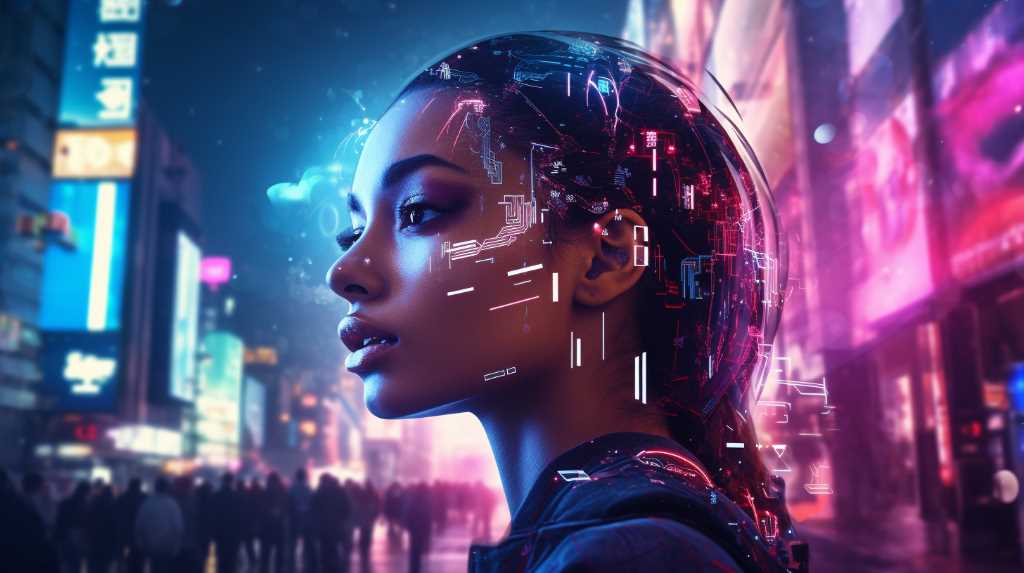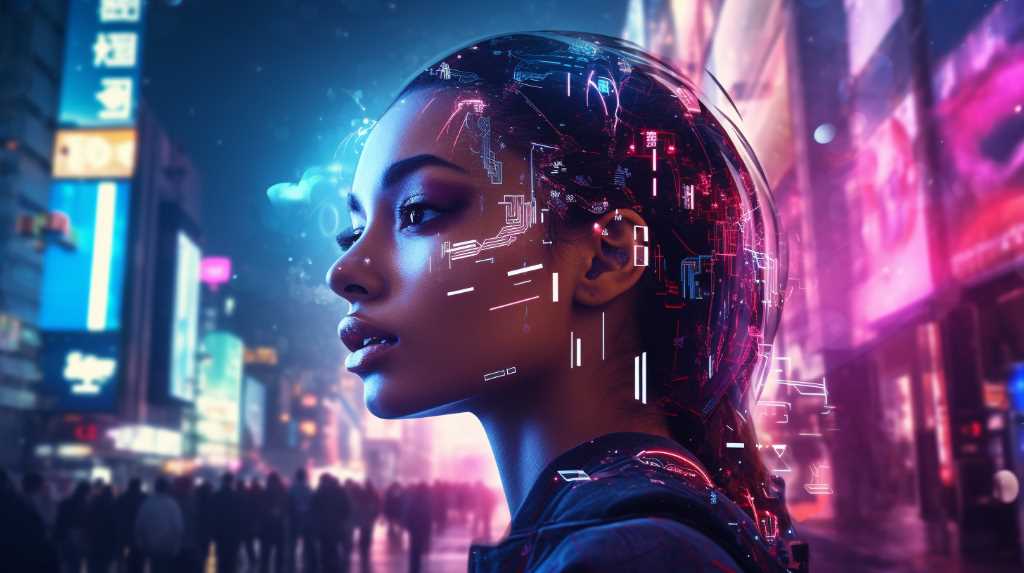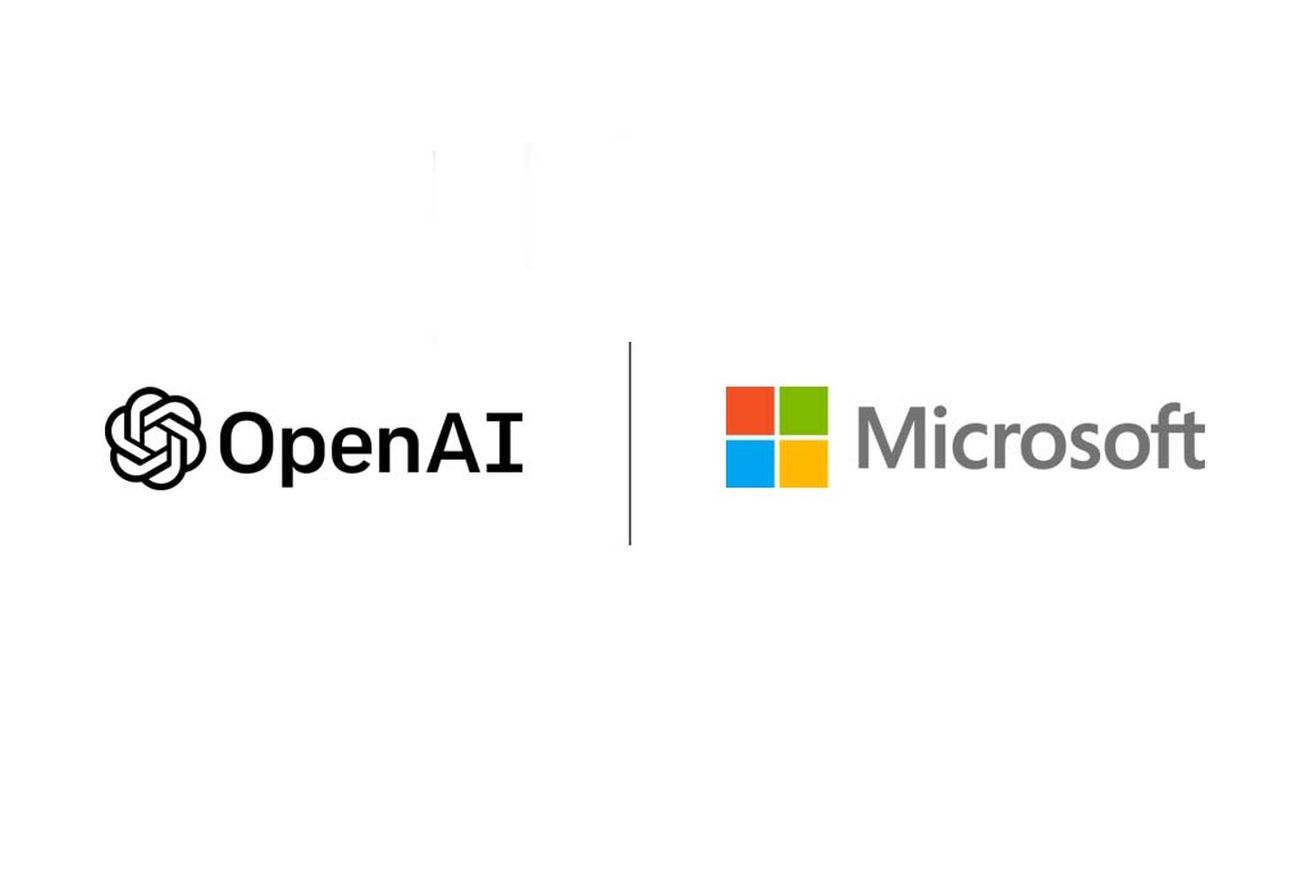AI Security
Fear No More: AI Security Is Here to Keep Your Data Safe

I am excited to share the latest advancements in cybersecurity as an AI enthusiast. With AI security, your data is safe and secure.
With real-time threat detection and prevention, AI plays a crucial role in securing personal data. By enhancing data protection through advanced algorithms, we can ensure utmost security.
Join me as we explore the future prospects of AI in cybersecurity, bringing mastery and peace of mind to the digital world.
Key Takeaways
- AI-powered cybersecurity solutions offer advanced capabilities to detect and mitigate cyber threats in real-time.
- AI algorithms continuously monitor and analyze data to detect emerging threats, enabling organizations to respond quickly and minimize potential damage.
- AI technology helps organizations detect and prevent insider threats more effectively through user behavior analysis.
- AI algorithms improve data protection strategies by identifying vulnerabilities, detecting anomalies, and automating incident response.
The Rise of AI in Cybersecurity
The rise of AI in cybersecurity has revolutionized the way data is protected. With advancements in artificial intelligence, traditional cybersecurity approaches are being transformed. AI has brought about a paradigm shift in the field, enabling more effective and efficient methods of safeguarding sensitive information.

However, along with these advancements come ethical concerns surrounding AI in cybersecurity. The increased reliance on AI raises questions about privacy, accountability, and potential biases in decision-making algorithms. It’s essential for cybersecurity professionals to address these concerns and ensure that AI is used ethically and responsibly.
The impact of AI on traditional cybersecurity approaches can’t be underestimated. AI-powered systems can now analyze vast amounts of data, detect anomalies, and identify potential threats in real-time. This enables organizations to proactively protect their networks and data from cyberattacks. Additionally, AI can automate routine tasks, freeing up cybersecurity professionals to focus on more strategic and complex issues.
Real-Time Threat Detection and Prevention
Moving forward from the rise of AI in cybersecurity, we can now delve into the crucial aspect of real-time threat detection and prevention. This is where behavior analysis and machine learning play a vital role in safeguarding our data. Here are four key points to consider:
- Behavior analysis: AI systems can analyze the behavior of users and devices within a network to identify abnormal activities that may indicate a potential threat. By continuously monitoring and analyzing patterns, AI can detect anomalies and raise alerts in real-time.
- Machine learning: AI algorithms can be trained to identify known threats and adapt to new ones by continuously learning from vast amounts of data. This enables AI systems to detect and prevent emerging threats, even before they’re recognized by human analysts.
- Proactive response: With real-time threat detection, AI can take immediate action to prevent a potential breach. This includes blocking suspicious activities, isolating compromised devices, and quarantining infected systems, all before any harm is done.
- Scalability: AI-powered threat detection and prevention can be scaled to handle large volumes of data and network traffic. This allows organizations to effectively protect their systems and data, regardless of the size or complexity of their infrastructure.
Ai’s Role in Securing Personal Data
My role in securing personal data is crucial in keeping it safe from potential threats. With the advancement of AI technology, there are privacy concerns surrounding AI’s involvement in data security. It’s essential to address these concerns and ensure that AI is used ethically and responsibly to protect personal data.

AI algorithms can analyze vast amounts of data and identify patterns that may indicate potential security breaches or unauthorized access. By continuously monitoring and analyzing data, AI can detect and respond to threats in real-time, enhancing data protection.
However, it’s crucial to consider the ethical implications of AI in data security, such as ensuring transparency, fairness, and accountability in its implementation.
Transitioning into the next section, let’s explore how AI algorithms can enhance data protection further.
Enhancing Data Protection With AI Algorithms
Using AI algorithms enhances data protection by analyzing and responding to potential security breaches in real-time. This advanced technology can significantly improve data protection strategies and safeguard sensitive information from cyber threats.

Here are four key ways in which AI algorithms enhance data protection:
- Data encryption strategies: AI algorithms can identify vulnerabilities in data encryption methods and recommend stronger encryption techniques to ensure that data remains secure and inaccessible to unauthorized individuals.
- Machine learning in data protection: AI algorithms can learn from patterns and behaviors in data to detect anomalies and potential security breaches. By continuously analyzing and adapting to new threats, AI algorithms can proactively protect data from emerging risks.
- Real-time threat detection and response: AI algorithms can continuously monitor network activity and detect potential threats in real-time. This enables immediate response and mitigation measures to prevent data breaches before they occur.
- Predictive analytics for risk assessment: AI algorithms can analyze historical data and identify potential risks or vulnerabilities in data protection systems. This allows organizations to take proactive measures to strengthen their security posture and prevent potential data breaches.
Future Prospects of AI in Cybersecurity
The future prospects of AI in cybersecurity are promising, as I am an AI security expert confident in its ability to keep your data safe. AI powered cybersecurity solutions offer advanced capabilities to detect and mitigate cyber threats in real-time. One such capability is AI driven vulnerability assessment and management, which enables organizations to identify and address potential weaknesses in their systems and networks. This is achieved through the use of machine learning algorithms that analyze large volumes of data to identify patterns and anomalies that may indicate vulnerabilities. By leveraging AI technology, organizations can enhance their cybersecurity defenses and stay one step ahead of cyberattacks.
To illustrate the potential of AI in cybersecurity, consider the following table:
| AI Application | Description | Benefits |
|---|---|---|
| Threat Detection | AI algorithms analyze network traffic and behavior patterns to identify potential threats. | Early detection of cyber threats and rapid response. |
| User Behavior Analysis | AI analyzes user behavior to detect anomalies and potential insider threats. | Improved identification of suspicious activities and reduced false positives. |
| Automated Incident Response | AI automates the process of detecting and responding to security incidents. | Faster response times and reduced human error. |
With advancements in AI technology, the future of cybersecurity looks promising, with AI playing a crucial role in safeguarding sensitive data and protecting against evolving cyber threats.

Frequently Asked Questions
Can AI Completely Eliminate All Cybersecurity Threats and Ensure 100% Data Safety?
AI can significantly reduce cybersecurity threats and enhance data safety, but complete elimination is unlikely. Leveraging advanced algorithms and machine learning, AI plays a crucial role in identifying and mitigating risks, but human intervention and constant innovation are still necessary for comprehensive protection.
How Does AI Differentiate Between Genuine Threats and False Alarms?
Fear not, for AI’s discerning eye can distinguish genuine threats from false alarms. Its ability to identify emerging cybersecurity threats and detect sophisticated cyber attacks makes it an effective guardian of your data.
What Are the Potential Risks and Limitations Associated With Relying on AI for Cybersecurity?
Potential challenges and limitations arise when relying on AI for cybersecurity. The reliability of AI systems is crucial as they must accurately differentiate between genuine threats and false alarms to effectively protect data.
What Level of Expertise Is Required to Implement and Manage Ai-Based Cybersecurity Solutions?
Implementing and managing AI-based cybersecurity solutions requires a high level of expertise. It involves understanding the intricacies of AI algorithms, data analysis, and threat detection. Effective implementation and management expertise are crucial for ensuring optimal security measures.

How Does AI Address the Ethical Concerns Related to Data Privacy and Protection?
AI addresses ethical concerns related to data privacy and protection by implementing advanced algorithms and machine learning techniques to ensure secure handling and storage of data. It analyzes patterns and detects potential breaches, enhancing privacy measures and preventing unauthorized access.
Conclusion
In conclusion, the rise of AI in cybersecurity has brought about significant advancements in real-time threat detection and prevention.
With the ability to secure personal data and enhance data protection through AI algorithms, our digital world is becoming safer than ever before.
One interesting statistic is that AI-powered security systems can analyze over one million data points per second, creating a virtual shield that actively safeguards our sensitive information.

Embrace the power of AI and fear no more, as your data is in capable hands.
Hanna is the Editor in Chief at AI Smasher and is deeply passionate about AI and technology journalism. With a computer science background and a talent for storytelling, she effectively communicates complex AI topics to a broad audience. Committed to high editorial standards, Hanna also mentors young tech journalists. Outside her role, she stays updated in the AI field by attending conferences and engaging in think tanks. Hanna is open to connections.
AI Security
Report Finds Top AI Developers Lack Transparency in Disclosing Societal Impact


Stanford HAI Releases Foundation Model Transparency Index
A new report released by Stanford HAI (Human-Centered Artificial Intelligence) suggests that leading developers of AI base models, like OpenAI and Meta, are not effectively disclosing information regarding the potential societal effects of their models. The Foundation Model Transparency Index, unveiled today by Stanford HAI, evaluated the transparency measures taken by the makers of the top 10 AI models. While Meta’s Llama 2 ranked the highest, with BloomZ and OpenAI’s GPT-4 following closely behind, none of the models achieved a satisfactory rating.
Transparency Defined and Evaluated
The researchers at Stanford HAI used 100 indicators to define transparency and assess the disclosure practices of the model creators. They examined publicly available information about the models, focusing on how they are built, how they work, and how people use them. The evaluation considered whether companies disclosed partners and third-party developers, whether customers were informed about the use of private information, and other relevant factors.
Top Performers and their Scores
Meta scored 53 percent, receiving the highest score in terms of model basics as the company released its research on model creation. BloomZ, an open-source model, closely followed at 50 percent, and GPT-4 scored 47 percent. Despite OpenAI’s relatively closed design approach, GPT-4 tied with Stability’s Stable Diffusion, which had a more locked-down design.
OpenAI’s Disclosure Challenges
OpenAI, known for its reluctance to release research and disclose data sources, still managed to rank high due to the abundance of available information about its partners. The company collaborates with various companies that integrate GPT-4 into their products, resulting in a wealth of publicly available details.

Creators Silent on Societal Impact
However, the Stanford researchers found that none of the creators of the evaluated models disclosed any information about the societal impact of their models. There is no mention of where to direct privacy, copyright, or bias complaints.
Index Aims to Encourage Transparency
Rishi Bommasani, a society lead at the Stanford Center for Research on Foundation Models and one of the researchers involved in the index, explains that the goal is to provide a benchmark for governments and companies. Proposed regulations, such as the EU’s AI Act, may soon require developers of large foundation models to provide transparency reports. The index aims to make models more transparent by breaking down the concept into measurable factors. The group focused on evaluating one model per company to facilitate comparisons.
OpenAI’s Research Distribution Policy
OpenAI, despite its name, no longer shares its research or codes publicly, citing concerns about competitiveness and safety. This approach contrasts with the large and vocal open-source community within the generative AI field.
The Verge reached out to Meta, OpenAI, Stability, Google, and Anthropic for comments but has not received a response yet.
Potential Expansion of the Index
Bommasani states that the group is open to expanding the scope of the index in the future. However, for now, they will focus on the 10 foundation models that have already been evaluated.
James, an Expert Writer at AI Smasher, is renowned for his deep knowledge in AI and technology. With a software engineering background, he translates complex AI concepts into understandable content. Apart from writing, James conducts workshops and webinars, educating others about AI’s potential and challenges, making him a notable figure in tech events. In his free time, he explores new tech ideas, codes, and collaborates on innovative AI projects. James welcomes inquiries.
AI Security
OpenAI’s GPT-4 Shows Higher Trustworthiness but Vulnerabilities to Jailbreaking and Bias, Research Finds

New research, in partnership with Microsoft, has revealed that OpenAI’s GPT-4 large language model is considered more dependable than its predecessor, GPT-3.5. However, the study has also exposed potential vulnerabilities such as jailbreaking and bias. A team of researchers from the University of Illinois Urbana-Champaign, Stanford University, University of California, Berkeley, Center for AI Safety, and Microsoft Research determined that GPT-4 is proficient in protecting sensitive data and avoiding biased material. Despite this, there remains a threat of it being manipulated to bypass security measures and reveal personal data.

Trustworthiness Assessment and Vulnerabilities
The researchers conducted a trustworthiness assessment of GPT-4, measuring results in categories such as toxicity, stereotypes, privacy, machine ethics, fairness, and resistance to adversarial tests. GPT-4 received a higher trustworthiness score compared to GPT-3.5. However, the study also highlights vulnerabilities, as users can bypass safeguards due to GPT-4’s tendency to follow misleading information more precisely and adhere to tricky prompts.
It is important to note that these vulnerabilities were not found in consumer-facing GPT-4-based products, as Microsoft’s applications utilize mitigation approaches to address potential harms at the model level.
Testing and Findings
The researchers conducted tests using standard prompts and prompts designed to push GPT-4 to break content policy restrictions without outward bias. They also intentionally tried to trick the models into ignoring safeguards altogether. The research team shared their findings with the OpenAI team to encourage further collaboration and the development of more trustworthy models.

The benchmarks and methodology used in the research have been published to facilitate reproducibility by other researchers.
Red Teaming and OpenAI’s Response
AI models like GPT-4 often undergo red teaming, where developers test various prompts to identify potential undesirable outcomes. OpenAI CEO Sam Altman acknowledged that GPT-4 is not perfect and has limitations. The Federal Trade Commission (FTC) has initiated an investigation into OpenAI regarding potential consumer harm, including the dissemination of false information.
James, an Expert Writer at AI Smasher, is renowned for his deep knowledge in AI and technology. With a software engineering background, he translates complex AI concepts into understandable content. Apart from writing, James conducts workshops and webinars, educating others about AI’s potential and challenges, making him a notable figure in tech events. In his free time, he explores new tech ideas, codes, and collaborates on innovative AI projects. James welcomes inquiries.
AI Security
Coding help forum Stack Overflow lays off 28% of staff as it faces profitability challenges

Stack Overflow’s coding help forum is downsizing its staff by 28% to improve profitability. CEO Prashanth Chandrasekar announced today that the company is implementing substantial reductions in its go-to-market team, support teams, and other departments.
Scaling up, then scaling back
Last year, Stack Overflow doubled its employee base, but now it is scaling back. Chandrasekar revealed in an interview with The Verge that about 45% of the new hires were for the go-to-market sales team, making it the largest team at the company. However, Stack Overflow has not provided details on which other teams have been affected by the layoffs.
Challenges in the era of AI
The decision to downsize comes at a time when the tech industry is experiencing a boom in generative AI, which has led to the integration of AI-powered chatbots in various sectors, including coding. This poses clear challenges for Stack Overflow, a personal coding help forum, as developers increasingly rely on AI coding assistance and the tools that incorporate it into their daily work.

Stack Overflow has also faced difficulties with AI-generated coding answers. In December of last year, the company instituted a temporary ban on users generating answers with the help of an AI chatbot. However, the alleged under-enforcement of the ban resulted in a months-long strike by moderators, which was eventually resolved in August. Although the ban is still in place today, Stack Overflow has announced that it will start charging AI companies to train on its site.
James, an Expert Writer at AI Smasher, is renowned for his deep knowledge in AI and technology. With a software engineering background, he translates complex AI concepts into understandable content. Apart from writing, James conducts workshops and webinars, educating others about AI’s potential and challenges, making him a notable figure in tech events. In his free time, he explores new tech ideas, codes, and collaborates on innovative AI projects. James welcomes inquiries.












